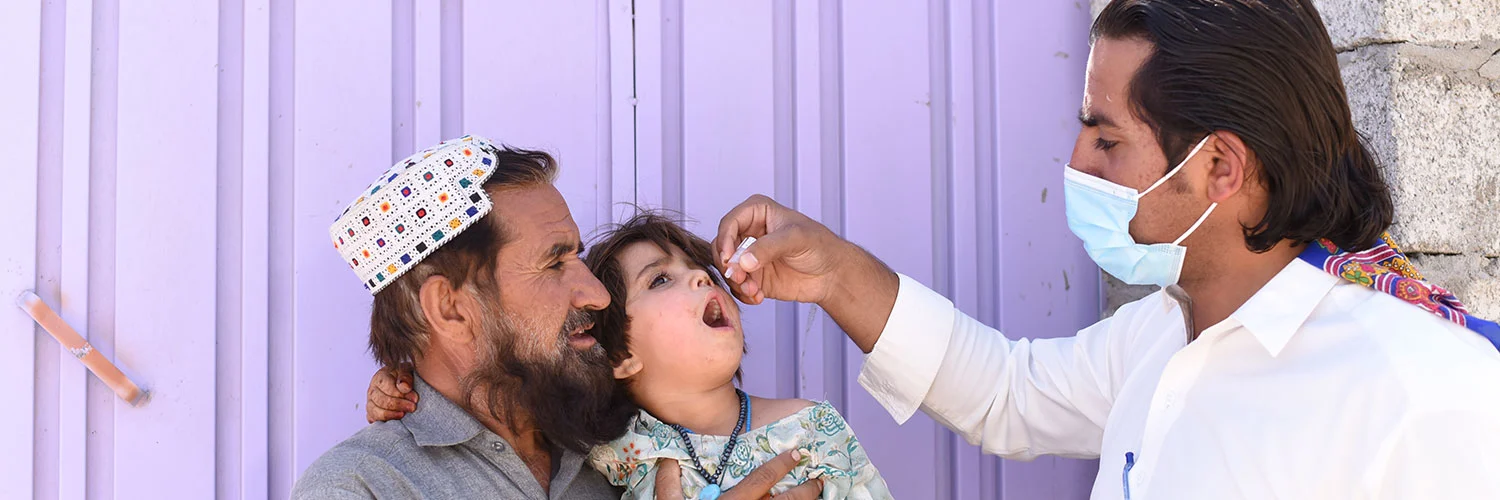Islamabad, March 11, 2015 - Minister for National Health Services Saira Afzal Tarar visited the vaccine stores in Islamabad to review the vaccine management system and observe firsthand the stocking and storage of vaccine in the federal EPI stores situated in Chak Shahzad area of Islamabad. The Minister inspected the cold rooms where vaccines under the Expanded Program on Immunization are stored and supplied to the provinces.
The Minister physically checked the cold rooms and inquired about the storage and supply mechanism. The Minister was briefed by USAID Deliver Project team on the vaccine logistics and management system and the measures in place to improve vaccine storage and bring it in sync with internationally accepted Standard Operating Procedures and best practices. The minister was informed that most modern equipment was being installed to provide real-time monitoring of temperature and generate sms alert in case of any fluctuation in temperature.
Minister directed that all measures be taken for vigilance and strict supervision and monitoring to ensure that Standard Operating Procedures are followed at every stage. Later the Minister chaired a meeting to review Polio Emergency Program with specific reference to introducing third party monitoring and revalidating union council level micro-plans to reach consistently missed children.
Prime Minister’s Focal Person for Polio Eradication Ayesha Raza Farooq was also present on the occasion. The Minister was informed that criteria for declaring a union council as high risk for polio has been expanded with additional indicators and accordingly the number of high risk union councils stands at 551.
The Minister was informed that focus of the program has now shifted from covered children to missed children and special efforts are being made to cover the consistently missed children.Speaking on the occasion Prime Minister’s Focal Person for Polio Eradication Ayesha Raza Farooq said, with enhanced focus on missed children technology was being introduced to improve mapping and identify missed areas and households. She said intra-campaign monitoring was being introduced to get real-time information during the campaign and take action through a team of highly trained field monitors.

